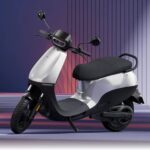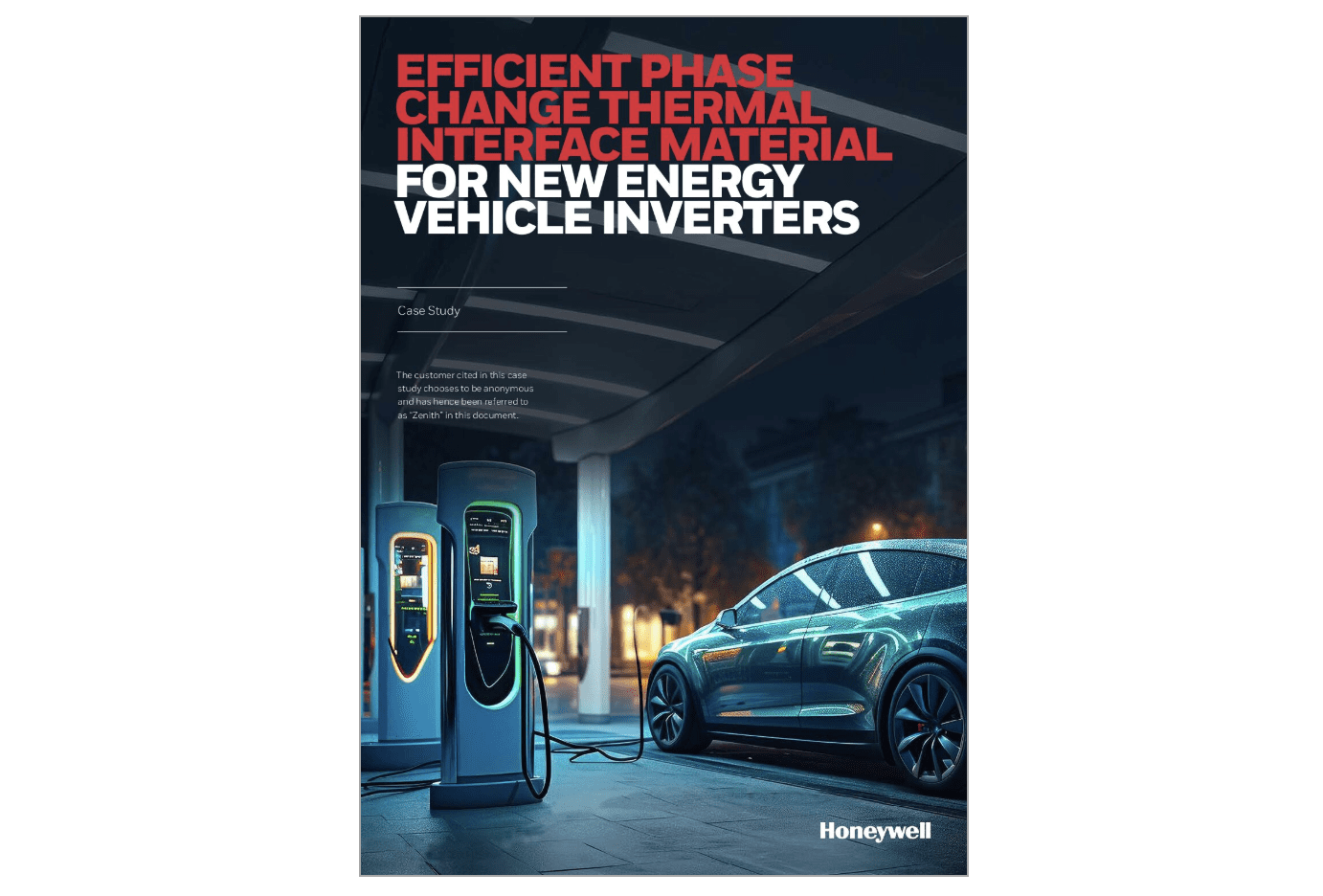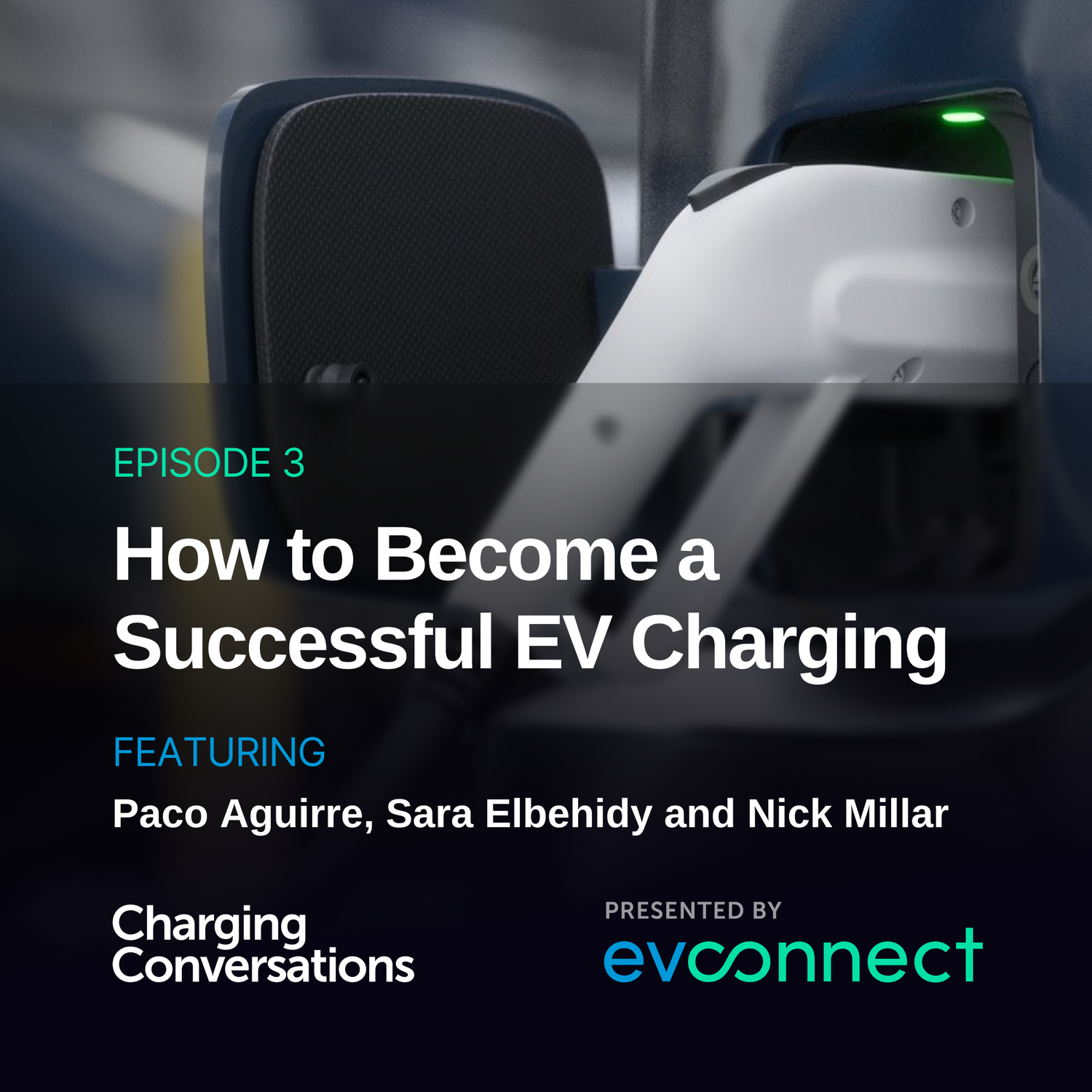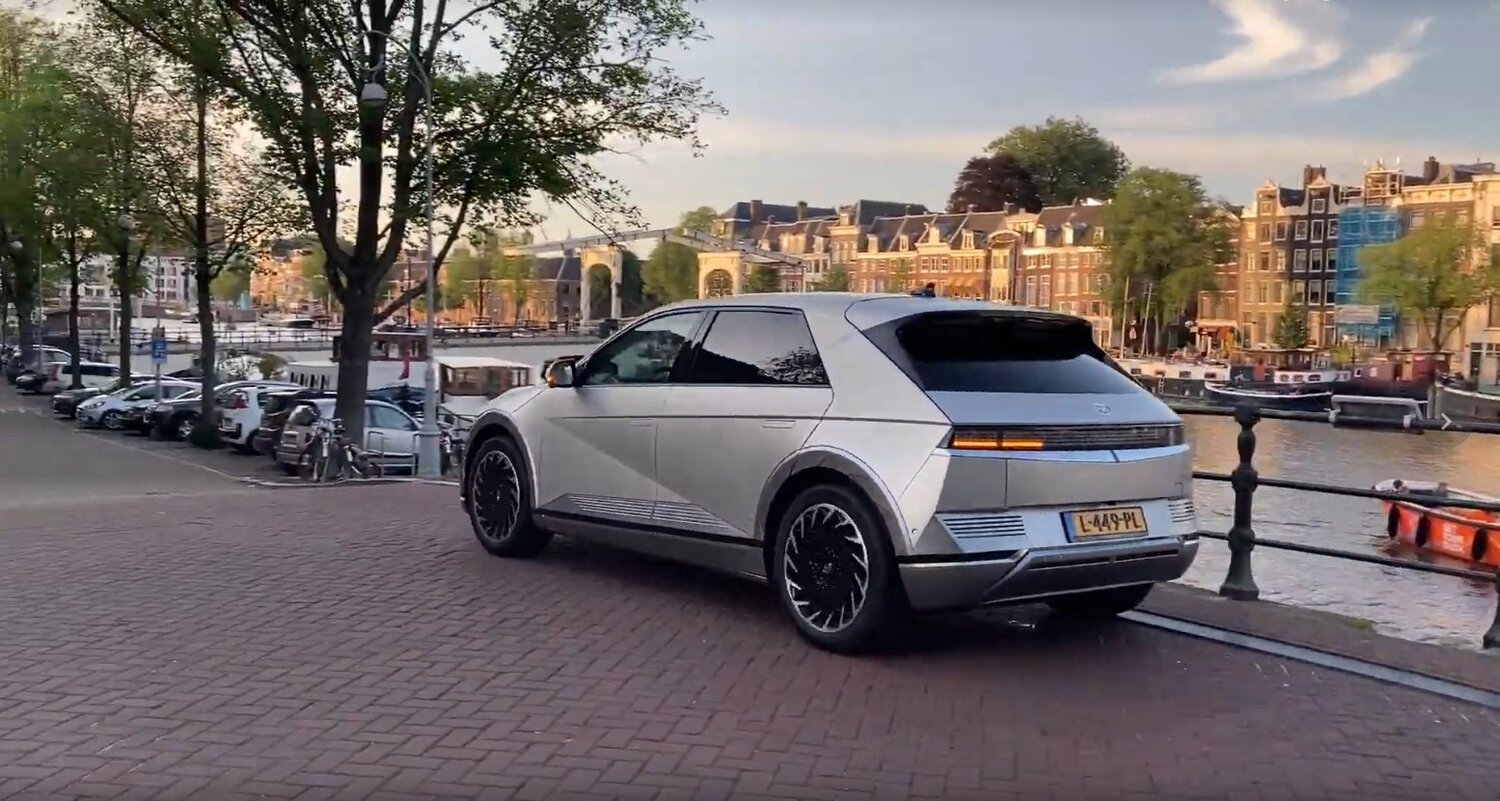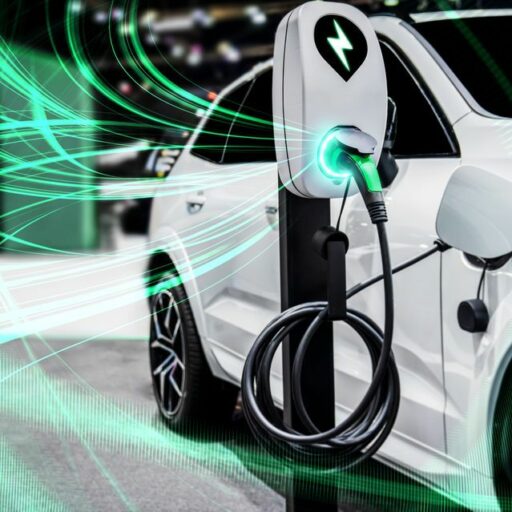People praise electric vehicles for clean energy and smart design. The use of electric power for transport goes back nearly 200 years. In the early 1830s, Scotland saw a bold idea take shape. A new vehicle moved using electric cells. This step set a clear stage for later work and hinted at a different kind of transport before gas engines ruled.

Early Sparks of Electric Mobility: The Scottish Pioneers
In the 1830s, the Industrial Revolution was at its peak. Inventors in Europe and America played with new ideas about electricity. In Scotland, Robert Anderson, an inventor and chemist, built a simple electric carriage between 1832 and 1839. His vehicle worked with early single-use electric cells—the only battery type then available.
Anderson’s carriage was basic and worked within the limits of its time. Instead of using horses, it moved with electric power. At the same time, Robert Davidson in Aberdeen built an electric locomotive in 1837. He later expanded it into a larger model he called Galvani by 1841. His locomotive could pull heavy loads at a slow pace. Small batteries and work from railway staff, however, slowed its wider use.
Challenges in Early Electric Vehicle Development
Old electric vehicles met many problems. The main issue was the battery. The cells of that time could not be recharged and gave little power. Vehicles like Anderson’s carriage or Davidson’s locomotive relied on these one-use cells, limiting how long they could work.
In 1859, French physicist Gaston Planté made a reusable lead-acid battery. This change let vehicles carry energy more than once. In 1881, Camille Alphonse Faure made batteries hold more power. Soon, inventors like Gustave Trouvé built electric tricycles and boats that could move well with the new tech.
Global Spread and Evolution of Electric Vehicles
In the early 19th century, makers in other lands also built electric vehicles. In 1834, Thomas Davenport in the United States built a motorized device on a simple electric track. In both the Netherlands and Germany, early electric model cars and trains appeared. The work of Anderson and Davidson in Scotland stands with these early ideas on electric transport.
By the late 19th century, better batteries and motors made electric cars more useful. In 1888, German engineer Andreas Flocken built what many call the first true electric car. Electric vehicles then worked in cities like New York and London as taxis and delivery cars. Later, gas-powered cars grew in number as fuel sources and engine tech improved.
Legacy of Scotland’s Early Electric Vehicle Endeavors
The start of electric vehicles in Scotland in the 1830s shows early vision and smart design. Anderson’s electric carriage was one of the first moves toward transport powered by electricity. Though limited by its time, this early work helped spur new ideas that would grow over the next century. Today’s electric vehicles rest on the ideas set out by those inventors. Their early work began a long journey on wheels that continues today.
Conclusion
The story of Scotland’s first electric vehicle in 1834 is a key chapter in transport history. It shows the push for new ideas and better ways to move people and goods. Early electric vehicles met many technical problems, yet the work of inventors like Robert Anderson built a strong start. Today’s electric vehicles stand on the work of these early innovators, a journey on wheels that began over 190 years ago in Scotland.
———————————————————
Voltsandvolts.com is a blog dedicated to electric vehicles (EVs). Our blog features articles on EV reviews, stories, tips, tricks, charging infrastructure, and battery technology. Join the conversation and become part of the Voltsandvolts.com community today!

